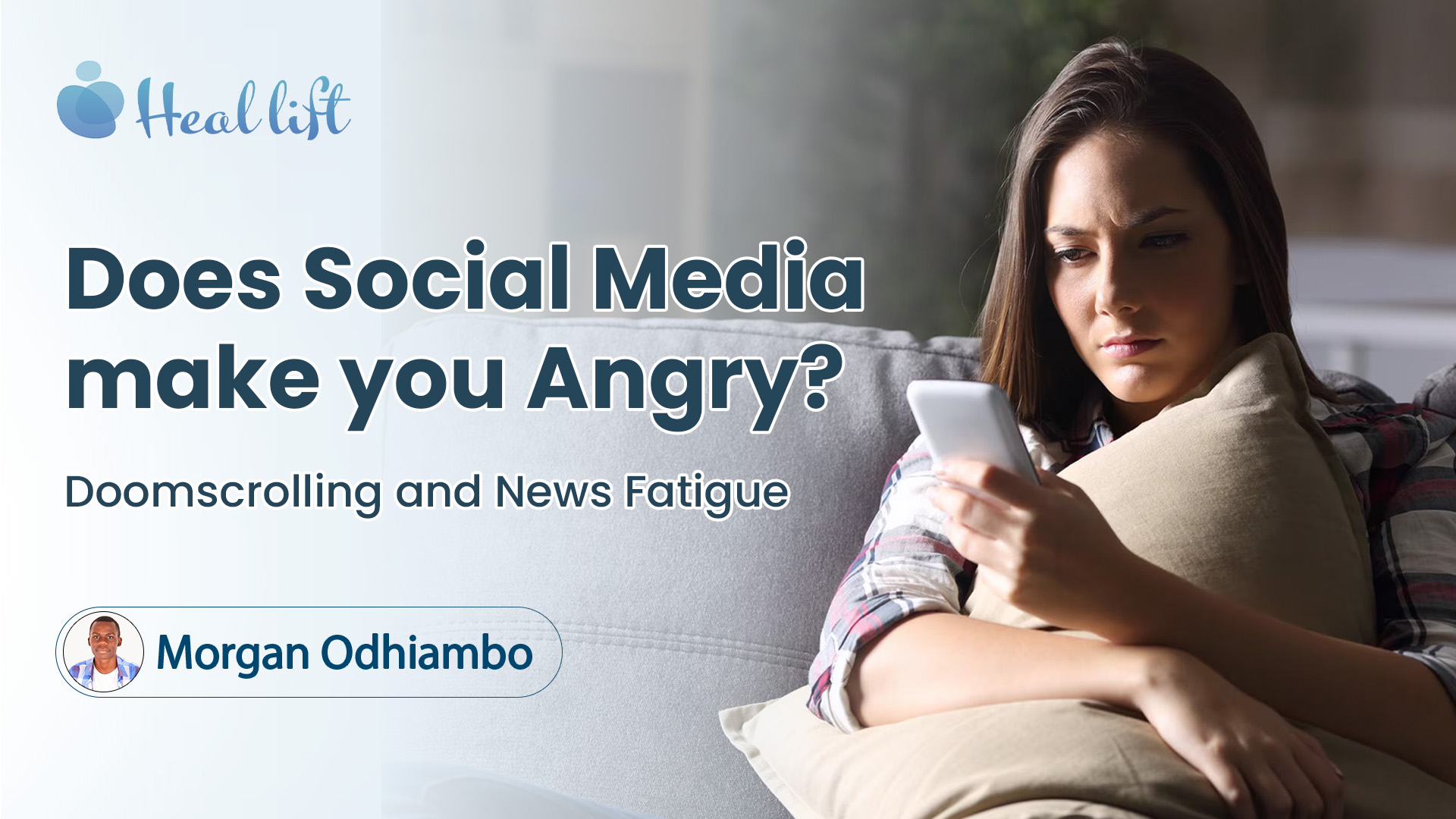Thinuri Senarath Yapa - 13 May 2024
Do You Really Need to Leave Your Comfort Zone?
Why leave your comfort zone when you can expand it to encompass the extraordinary?

Heal Lift

Do you find yourself glued to your phone, mindlessly scrolling through social media to the point where you can barely put it away?
You're not alone, and you might need help too.
Doomscrolling, I would say, is the new variant of compulsive addiction. People are needlessly exposed to negative news that evokes sadness or anxiety, but they will scroll anyway. Walk down the streets, and everyone is swallowed up in their phones, looking out for the next breaking news on social media. Unsurprisingly, teenagers are particularly at risk of this form of addiction, making it a critical subject for discussion.
Doom Scrolling: Why is it a Problem?
We live in an age of information where everyone wants to stay updated - a billionaire shot at Starbucks, climate change ominous of the apocalypse, Russia's invasion of Ukraine, and much more we can never get enough of. Constant exposure to bad news fosters fear and anxiety. While staying informed is important, doom scrolling becomes a problem when we are so absorbed in what might happen tomorrow that we fail to live in the present.
The Impact of Doom Scrolling
Most social media sites curate catchy headlines and highlight reels that are intended to generate clicks. The algorithm works in such a way that it recommends related posts, whether positive or negative, throughout the day. Constant negative news warps our thinking and gives people a negative bias in how they view the world. Our minds process negative information more deeply, which leads to a heightened state of fight or flight, releasing stress hormones like adrenaline and cortisol. Over time, this can cause depression, heart problems, insomnia, and memory loss.
The Vicious Loop of Instant Gratification
Why do people find it difficult to break free from this endless scrolling? You may ask. The answer is instant gratification. Social media sites such as Twitter, Instagram, or Facebook curate multiple unrelated short-form posts and graphics, making it hard for our brains to focus. The result is an exaggerated release of dopamine (dopamine surge). When people compound such behaviours, they are unable to focus on long-form content such as books, novels, a 1-hour video, or a lecture. Long-term exposures to dopamine have been studied to cause ADHD and addiction, leaving people drained, helpless, depressed, and less motivated.
Breaking Free: Steps to Overcome Doom Scrolling
What was once intended to become a conduit for communication and information has ostensibly morphed into a toxic habit that is wreaking havoc on mental health and wellbeing. Fortunately, there is a way to escape this subtle yet disastrous dragon that eats its own people. The first step in overcoming a struggle is to embrace it. We must appreciate that technology is there to inform and communicate, and then we can find ways to make it complement us and not overwhelm us.
Start small. James Clear of Atomic Habits suggests setting clear goals and loving the process. Begin with a 30-minute or 1-hour break from social media, gradually increasing the time.
Androids and iPhones have functionalities that enable users to limit the amount of time they spend on apps such as social media sites and also turn off distracting apps. This not only boosts your productivity but also saves your eyes.
Yes, Ugly. You wouldn't look twice at what you considered ugly, would you? Some phones have features that turn the icons black and white or offer minimalist options that remove distracting apps and internet access.
Disinformation, like propaganda, is curated to grasp your attention and evoke emotions. Social media sites use sensational headlines and catchy highlights to keep you absorbed. Instead of relying on these sites as your primary source of obtaining news, use verifiable sites such as Google News or Apple News.
There is never a void, and space must be occupied even with air. That is the principle of matter. Now that you have decided to break free from the habit of doom scrolling, take care to replace these habits with positive ones because you are at greater risk of falling back to your former habits tenfold.
Other ways you can fill this void are by exercising, playing music, or going out for a walk with family or friends. Such activities release endorphins, which relieve stress and improve your wellbeing. You can also stay engaged by reading a novel or learning a new skill, such as playing the piano.
Meditation and mindfulness are practices that allow individuals to stay connected and become aware of their surroundings. They also allow one to calm their minds by focusing on their thoughts. Apps like Heallift provide tools for brain health.
Conclusion
Taking control of your life begins with you. Do not become swallowed by technology; rather, use it to complement your life.
